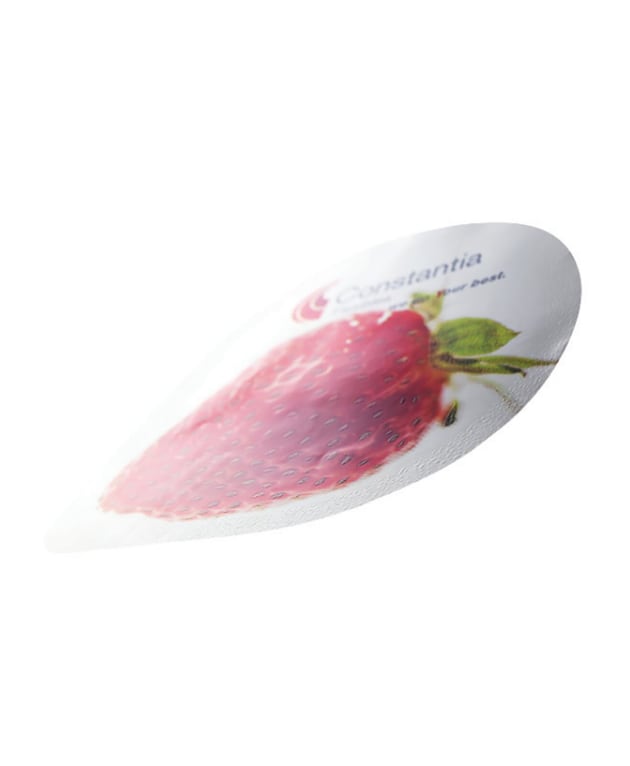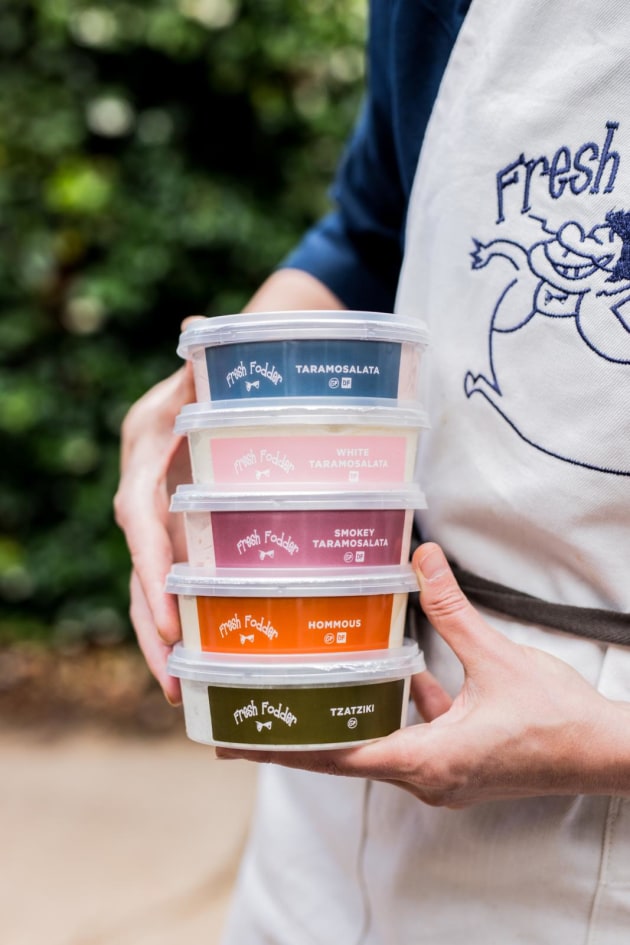For dairy products, packaging is a key element of product survival. With growing interest in convenience goods-to-go products such as yoghurts and dips, more than ever, packaging must be durable, flexible, and attractive. Jet Technologies managing director Daniel Malki explores some of the innovations in dairy packaging.
The primary function of packaging is to protect the food product inside, but it can also attract attention and interest in the supermarket aisle, giving brands a competitive edge, particularly paired with savvy design.
When done right, packaging can support product quality, branding, and sustainability to help attract new customers and grow business for dairy producers.
While the Australian dairy market is dominated by a handful of large suppliers, there has been a significant increase in popularity for smaller, boutique dips and dairy producers who use smart packaging and design to differentiate their products.
Consumer uptake of these smaller brands has principally been down to how their products are presented on shelves and what they represent, not just as a product, but as a brand.
Given the importance packaging can play in converting a sale, what are some of the latest industry trends dairy manufacturers need to be aware of to help their business thrive?
Don’t let lids be a barrier

Given it is the first thing a customer will interact with on a product, the value of lidding should not be overlooked. There have been some major advances to lidding, including the use of recyclable and chemical-free materials, as well as ergonomic design and style quality.
For example, PET (polyethylene terephthalate) plastic and PP (polypropylene) serve as strong, BPA-free and 100 per cent recyclable plastic material alternative that can work for both cups and lids – ensuring all-round packaging recyclability. Taking this one step further is the recycled rendition of PET plastic, rPET, providing additional recycling and energy gains.
Paper-based lidding is another innovation offering a recyclable and decomposable packaging solution that works seamlessly alongside PP and PET cups. Paper-based lidding would not have been considered a viable option for dairy products in the past, but new innovations have developed highly durable paper-based lids with significant mechanical strength. These offer greater resistance to punctures and tearing, reducing spillage risks that can occur during transportation and in store.
Aluminium lids offer a sustainable packaging alternative with the potential for high-quality branding, both on the front and back of the lid – making it ideal for promotional branding.
Lids made with aluminium can be sealed to glass and feature ‘crimped over’ effects to produce a premium package.
Lidding innovations that combine aluminium and plastic materials can also improve the customer experience. For instance, the ComforLid by Constantia features a double layered die-cut lid composed of one aluminium layer and a coextrusion plastic layer. With the ComforLid, the consumer peels off the aluminium layer while the plastic layer stays positioned on the cup. This design is not only ergonomic for the consumer but helps to protect the product from tampering due to its unique two-layer system.
On-the-go packaging convenience
Given the rise in popularity for on-the-go eating, dairy goods manufacturers have had to develop new packaging forms for their products that are convenient and easy to consume when people are mobile. This has seen a rise in stand-up and pre-formed pouches that are light, flexible, portable, and comfortable to use. This new packaging format not only serves as a space saver, but a convenient way for customers to re-seal products for later consumption.
Packaging for supply chain efficiency
Given the high rates of transport and shipping, packaging that is economical and efficient enough for storage and transport is currently top of mind.
For many dairy manufacturers, the race to get things onto the retail shelf as soon as possible has led to inefficient packaging. Poorly designed packaging often creates additional wastage and takes up more space in the warehouse and delivery vehicle, causing higher costs and potentially more delivery runs, effectively releasing additional carbon into the atmosphere.
Tetra Pak’s recently launched Tetra Classic Aseptic 65ml cube is a packaging solution for the dairy industry that helps address the issue of packaging efficiency. The package helps optimise the use of space in distribution and storage environments, as every six products can be placed together to form a cube.

According to Tetra Pak, the solution requires less secondary packaging and around 40 per cent less space to transport the same quantity of products.
Consumers want (and will pay for) sustainable packaging
As consumers increase their demand for sustainable packaging, Australian dips and dairy producers must adapt their products. Those businesses that don’t adapt their packaging risk not only their reputation, but a reduction in sales.
There are a multitude of eco-friendly and recyclable material options for product packaging available to the dips and dairy market; ones that can be seamlessly incorporated into existing production processes, by the means of the very same machinery used for other material manufacturing.
Given consumer demand for sustainable packaging options, many conventional packaging concepts are set to evolve. For instance, plastic snap-on lids for yoghurt tubs are already becoming less popular and are being replaced by new solutions that reduce the packaging’s overall plastic content.
Machinery that is fit for purpose
To produce high quality dairy food packaging, machinery that is fit for purpose is required. There are several solutions that cater exclusively to dips and dairy product packaging, such as lidding and cupping. For instance, the Ilpra FS2500 Rotary Cup Filler is a mechanical rotary filling and sealing machine with eight stations, designed to fill dispensable plastic cups and containers with liquid and semi-solid products.
Recently, Australian family-owned boutique producer of hand-crafted dips, Fresh Fodder, tripled its productivity rates using this solution, after experiencing a major surge in demand due to the COVID-19 pandemic.
Max Schofield, the managing director of Fresh Fodder, says, “As demand began to rapidly pick up, there soon came a point where our previous operational capabilities were outrun, which is where the investment in the FS2500 came into play as a crucial tool to increase our productivity and efficiency levels.
“Since the machine was installed in October 2020, we have streamlined our manufacturing to produce three times the amount of our existing throughput with the same headcount of staff. This has had the biggest overall impact on our bottom line. As a business, we are now seeing a huge 25 per cent growth year-on-year, so upgrading to this new solution has allowed us to optimise operations and keep up with our current and future growth.”
The right packaging matters
Today, the packaging of a food product can be just as important as the product itself. The sensory importance of packaging – its look and feel – gives dips and dairy producers a competitive edge, and a point of difference compared with other similar products in the market.
Alongside quality branding, reliability and recyclability are fundamental to successful packaging options. Strong and reliable packaging allows products to be protected throughout all stages of the supply chain cycle, while ensuring their shelf-life is as good as it can be once the product reaches the supermarket shelf.
As a 40-year leader in packaging innovations for a diversity of industries, Jet Technologies locally supplies the latest industry innovations from Europe and across the globe to the Australian dips and dairy market, offering reliable and high-end manufacturing and packaging solutions to lead the industry into a sustainable and more efficient supply chain.
This story first appeared in the July issue of Food & Drink Business magazine.





